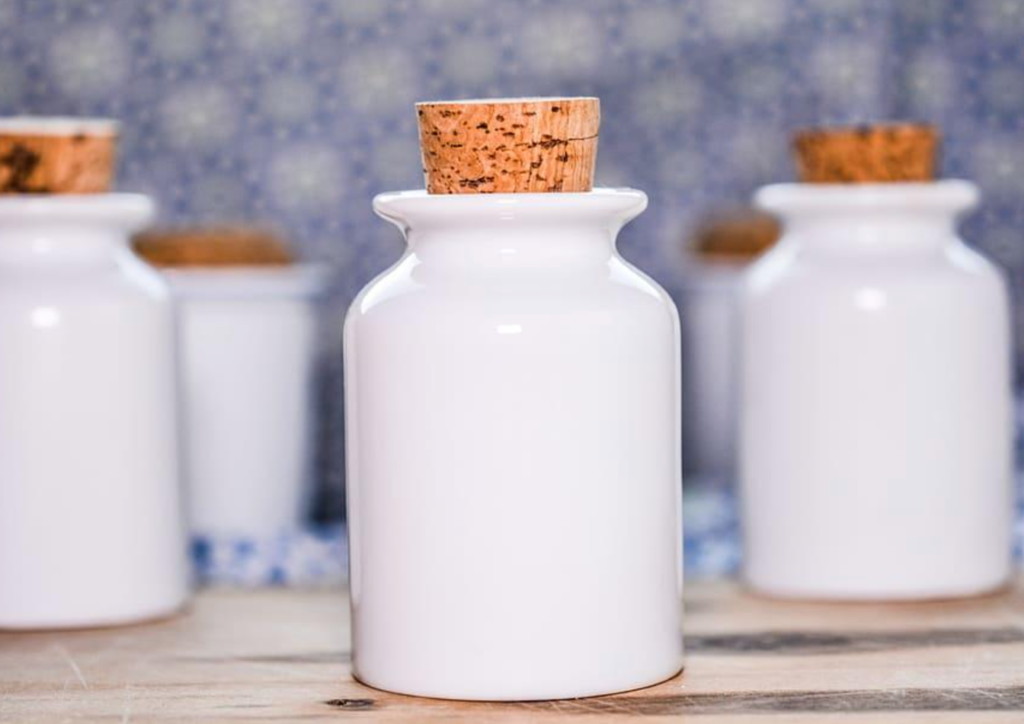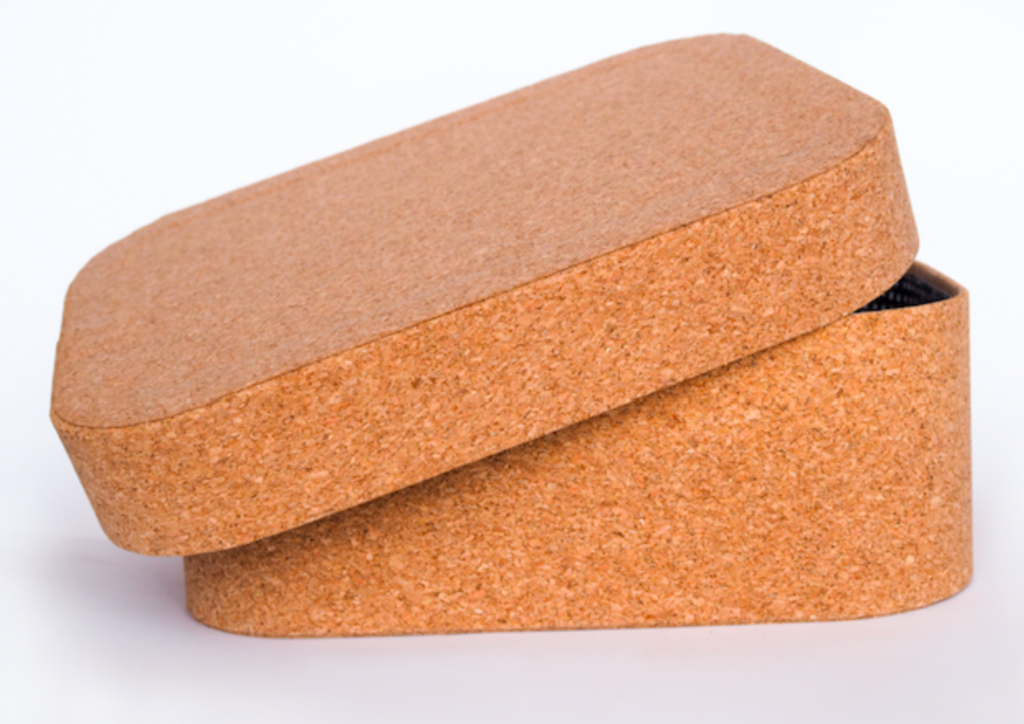Unsure about the reusable material you should choose for your packaging? Discover the advantages of cork and find out how to make your company more sustainable.

Summary:
- Why use cork in packaging?
- The environmental impact of cork packaging
- How to use cork in your company’s packaging?
- Cork’s future as a sustainable material
- The challenge of recycling cork
- How to care for cork packaging
- Conclusion
It’s no surprise that cork is a key player when it comes to sustainable materials, especially where packaging is concerned. In fact, the wine sector is increasingly betting on the use of cork for the packaging of its products.
In addition to being used to produce stoppers for wines and spirits, the potential of cork has been more fully explored when it comes to offering packaging with an innovative and eco-friendly design.
If you haven’t yet used this sustainable material in your company, find out the reasons why you should use cork and make it a more sustainable company.
1. Why use cork in packaging?
Cork has unique properties and consistency. Cork has unique properties and consistency. It is a unique, sustainable, recyclable, reusable and very versatile material. The fact that it is a natural vegetable fabric gives it rigidity, impermeability and resistance, making it the best recyclable material for sustainable packaging.
In fact, a piece of cork similar in size to a sugar cube contains around 60 million air-filled cells, forming several layers of microscopic bubble wrap, making it a natural material with unique characteristics.
Cork is also an insulating and cushioning material, protecting the contents of the package. Highly fire-resistant, it does not produce toxic gases. Thanks to its excellent elasticity and impermeability, cork is inert to substances, ensuring no flavour or odour is released.
Are you convinced?

2. The environmental impact of cork packaging
Cork makes possible an ecologically sustainable future because it is a biodegradable and natural material. The fact that it can be extracted from the cork oak and that it regenerates itself, albeit slowly, makes it a material with zero environmental impact.
But is it really zero?
In fact, cork harvesting “forces” the cork oak to regenerate its bark and therefore to use photosynthesis and carbon dioxide from the air, mitigating greenhouse gasses and combating climate change.
This means that the cyclical harvesting of cork, and consequently the products that are produced from it, have a negative carbon balance, that is, they retain more CO2 from the atmosphere than they emit, helping to reduce the Global Warming Potential and contributing to environmental sustainability.

3. How to incorporate cork into wine sector packaging?
If you feel convinced about the advantages of cork as a reusable material for packaging, then it’s time to find out how you can incorporate this material into your company’s packaging. There are various options, from cork packaging to packaging that combines cork with other sustainable materials, such as recycled paper or organic cotton.
An interesting option is to use personalized packaging, with your brand’s logo and visual elements. Cork is a material that is easy to mold and adapt to the needs of your sector . In addition, cork packaging can be reusable, which is an advantage both for the environment and for its recognition.

4. Cork’s future as a sustainable material
Cork has grown in popularity in recent years, yet people have not fully tapped its potential. The cork industry has invested in research and development to make cork even more versatile and suitable for different applications, from furniture to construction.
In addition, cork plays an important role in fighting climate change, since it is a material without carbon neutrality. The use of of this reusable material for packaging, furniture and other products can contribute to reducing the carbon footprint of cork companies and individuals.

5. The challenge of recycling cork
Despite being a recyclable material, cork does not have a well-established recycling infrastructure in many countries. As a result, most cork used is discarded, causing a negative impact on the environment.
To combat this problem, cork companies are investing in reusable packaging materials, from transforming it into thermal insulation materials to using it in new packaging and products.
You can recycle capsulated cork stoppers at home or in industry by separating the stopper from the capsule and disposing of the waste correctly. You can see the step-by-step process here.
6. How to care for cork packaging
Cork is a durable and natural material that can be used in a wide variety of products, including packaging. However, like any material, cork needs proper care to ensure its longevity.
If you are using cork packaging for your products, it is important to know how to care for it to ensure it stays in good condition.
Here are some tips to help you care for cork packaging:
Gentle cleansing
To clean your cork packaging, simply use a soft cloth or soft brush to remove dirt and dust. Avoid using harsh chemical cleaners, as they may damage the surface of the cork.
Avoid excessive sun exposure
Although cork is resistant, excessive sun exposure can cause it to dry out and lose its natural flexibility. Therefore, it is best to avoid direct sun exposure for prolonged periods.
Avoid water exposure
Even though cork is water resistant, it is not waterproof. Avoid exposing your cork packaging to water for long periods, as this can cause damage to the cork.
7. Conclusion
Cork is a versatile, sustainable material with the potential to revolutionize different industries, from food to technology. Its use in packaging is an increasingly popular option, as it offers advantages in terms of sustainability and design.
However, many countries still lack the recycling infrastructure needed to handle cork effectively. It is up to the cork industry and consumers to work together to maximize the potential of this material and make it even more sustainable.
If you are looking for a sustainable alternative for packaging, cork could be the answer. Not only is it a material that takes environmental responsibility into account, it also offers an innovative and personalized design for its products.
Did you like this content? Get in Touch with our sustainable business for eco-friendly products.
